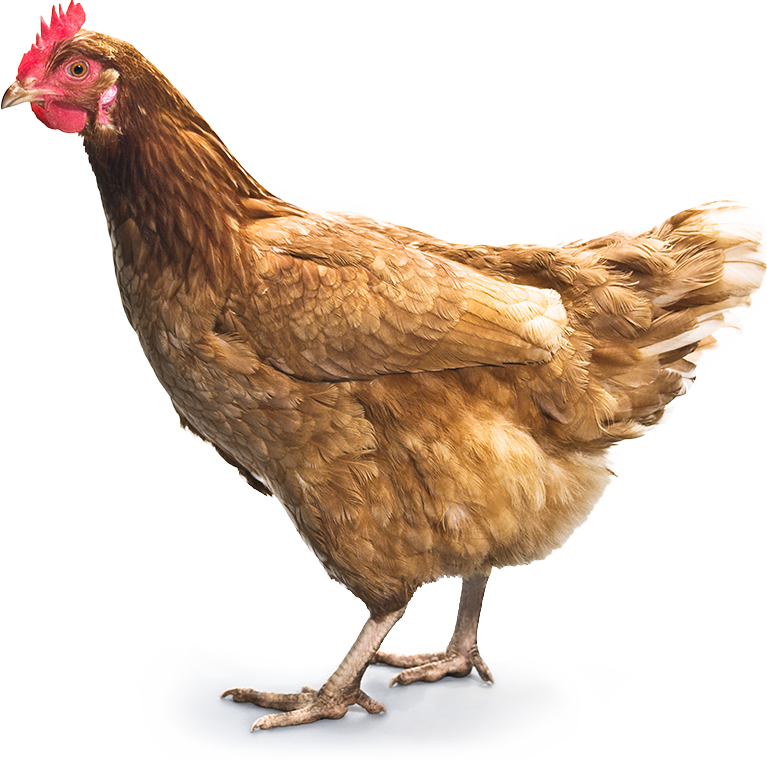Meat a resource intensive source of food

Growing meat takes up resources such as food, water, and land. With the continued exponential increase in population, we will need to produce 60% more food than we currently are (UN FAO), which requires the maximization of resources. However, demand for resource intensive products tend to increase with economic development, with developing countries increasingly adopting western based diets and a satiety norm (Alexandratos & Bruinsma, 2012). In addition, it is predicted that worldwide consumption of pork, beef, poultry and other livestock will double by 2020. Specific figures per capita can be observed in the table below.
This is not only indicative of the insatiable global appetite for meat, it also means that double the amount of resources will be needed to produce enough meat to satisfy demands, assuming status quo of current meat production methods.
Cost to land
Referring to animals raised for home use or profit, livestock is the world’s largest used of land resources (Steinfeld, et al., 2006). Livestock requires land to graze, and cropland has to be dedicated to the production of feed.
To put things in perspective, an estimate by the Food and Agriculture Organization of the United Nations (Steinfeld, et al., 2006) showed that:
- 30% of planet’s ice-free surface is devoted to life-stock production
- 26% of ice free terrestrial land on the planet is used for animal grazing
- 33% of arable land is used for feed crop production
In comparison, only 8% of agricultural land is used to grow food for direct human consumption
In addition to the consumption of land, concentration of industrialized animal production increases the rate of degradation and the loss of arable land.
Cost to water
By 2050, global water demand is projected to increase by 55% (Water for a Sustainable World , 2015), and the world is moving towards increasing problems of freshwater shortage, scarcity, and depletion, with 64% of the world’s population expected to live in water stressed basins by 2025 (Steinfeld, et al., 2006).
Meat production has been identified to be one of the aggravators, as it is extremely water intensive. It is estimated that livestock sector accounts for over 8 percent of global human water use, mostly for the irrigation of feedcrops (Steinfeld, et al., 2006).

Not only is it a large consumer of water, it further depletes it through pollution. As the largest sectorial source of water pollution, some ways modern meat production contribute to water pollution include
- Contributing to “dead” zones in coastal areas
- The degradation of coral reefs, among other reasons, amongst others
Major sources of sectorial water pollution are from animal waste, antibiotics and hormones, chemicals from tanneries, fertilizers and pesticides used for feedcrops, and sediments from eroded pastures (Steinfeld, et al., 2006).
” Cost to air “
The emission of greenhouse gases by livestock production has been argued to be greater than emissions by cars (Steinfeld, et al., 2006).
The livestock sector emits 37% of anthropogenic methane, which has 23 time the global warming potential of carbon dioxide, attributed to the a unique digestive process observed in cows and sheeps. It also emits 65% of anthropogenic nitrous oxide, which as 296 times the global warming potential of carbon dioxide, mmainly comes from manure (Steinfeld, et al., 2006).
What can you do?

While the decision to consume certain meat-type is purely taste-based on the consumer end, not all types of meat production produces the same level of environmental impact. Choosing to consume meat that is less resource intensive would mean that you can still enjoy meat, but in a more resource efficient way.
Consider swapping that steak for some tender chicken or pork belly instead
Beef has been found to possess a footprint that is on average 10 times as large as other sources of meat, meaning that they put more strain on environmental resources than other types of meat. While the production of dairy, poultry, pork and eggs yielded a score that is insignificant in difference, beef production demands uniquely high resource demands. (Eschel, Sherpon, Makov, & Milo, 2014)
More specifically, when compared to the average of other livestock proteins, it:
- Requires 28 times more land
- Requires 11 times more irrigation water
- Produces 5 times as much greenhouse gases
- Produces 6 times more nitrogen
If you are feeling adventurous
And if you really must have beef, look forward to trying lab grown meat.
Also known as cultured meat, it refers to meat grown in cell culture instead of inside animals (Verbeke, Sans, & Van Loo, 2015). It is completely animal free, and is produced using tissue engineering techniques traditionally used in regenerative medicine, such as proliferating them in a nutrient rich environment (Post, 2013). While it’s $330,000 price tag suggests that it is not yet in commercially available, further research is underway for improving taste and scalability of the production process (Stone, 2016).
Fun fact! The first cultured beef patty was created by Dr. Mark Post at Maastricht University. He proceeded to eat the burger at a London Press conference on 2013 (Datar, 2015; Stone, 2016).
More on the lab grown meat: